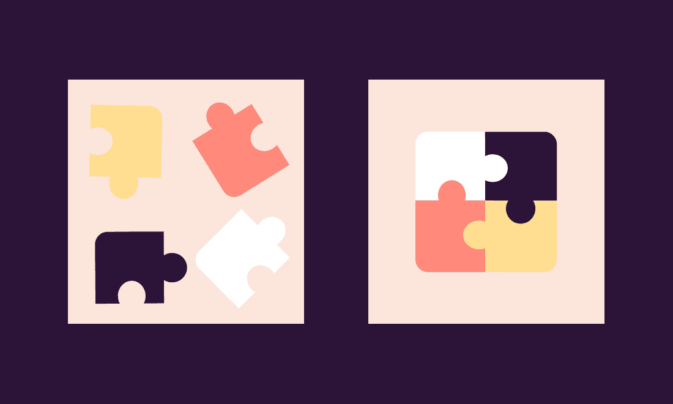Rapid technological changes, like the introduction of computers, the internet, or, most recently, the widespread adoption of AI tools, can cause a talent gap in the workforce.
To manage these changes and help identify the skills gap, one of the best tools at your disposal is to perform a talent gap analysis, also known as a skills gap analysis.
We’ll explore how to match future business needs with employees’ skills and knowledge, talents and capabilities, and how to prepare your organization for staying ahead of industry trends and global changes.
TL;DR – Key takeaways
- What is a talent gap? A talent or skills gap is the difference between the current skills the company has and the skills they need to achieve their future goals.
- Is there a difference between talent vs skills gap analysis? Yes. When you’re assessing the talent gap, you’re analyzing more than just the workforce’s skills. You’re also analyzing their stand-out talents, such as strong leadership or negotiation abilities.
- Why is it important? Along with creating better alignment with the company’s long-term goals, it also increases employee engagement and strengthens workforce planning.
- Are there any challenges when you perform this analysis? A few roadblocks include agreeing on how to assess and conduct a skills gap analysis, employee reluctance to participate, and shifting business goals.
- How do you perform a skills gap analysis? You’ll begin by determining the company’s long-term goals and what skills the workforce needs to achieve those goals, before assessing existing talent. It’s important to remember that it’s an ongoing process, not just a one-off exercise.
- With a skills-first approach to hiring, you can help your business onboard the right talent from the start. Do away with manual screening and try Toggl Hire’s all-in-one automated screening, assessing, and hiring platform for free!
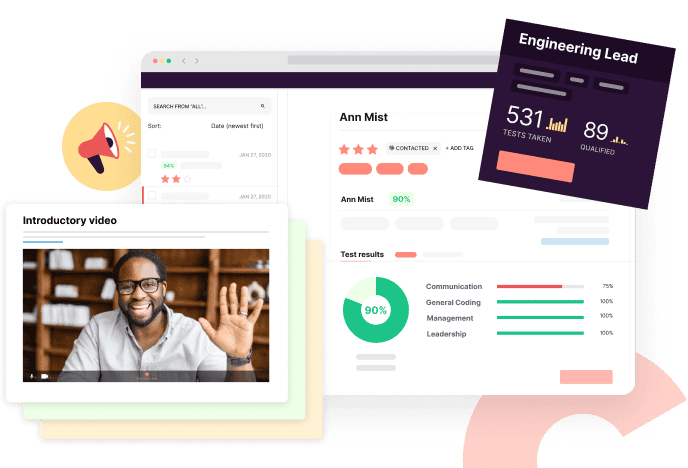
What is a talent gap?
A talent gap refers to a gap in an organization’s skills, talents, and capabilities. Also referred to as a skills gap, the result is often a drop in a company’s performance and growth.
Organizations that realign HR processes to match skill needs can boost employee engagement by 50 percent, lower training and development program costs by 50 percent, and raise productivity by 40 percent.
Source
These skills gaps can develop due to new technologies, such as the growing trend to adopt AI tools, or from a lack of qualified candidates in the talent pipeline, for instance.
In situations like this, organizations need to take a step back and analyze their workforce to identify where the real skills gaps lie.
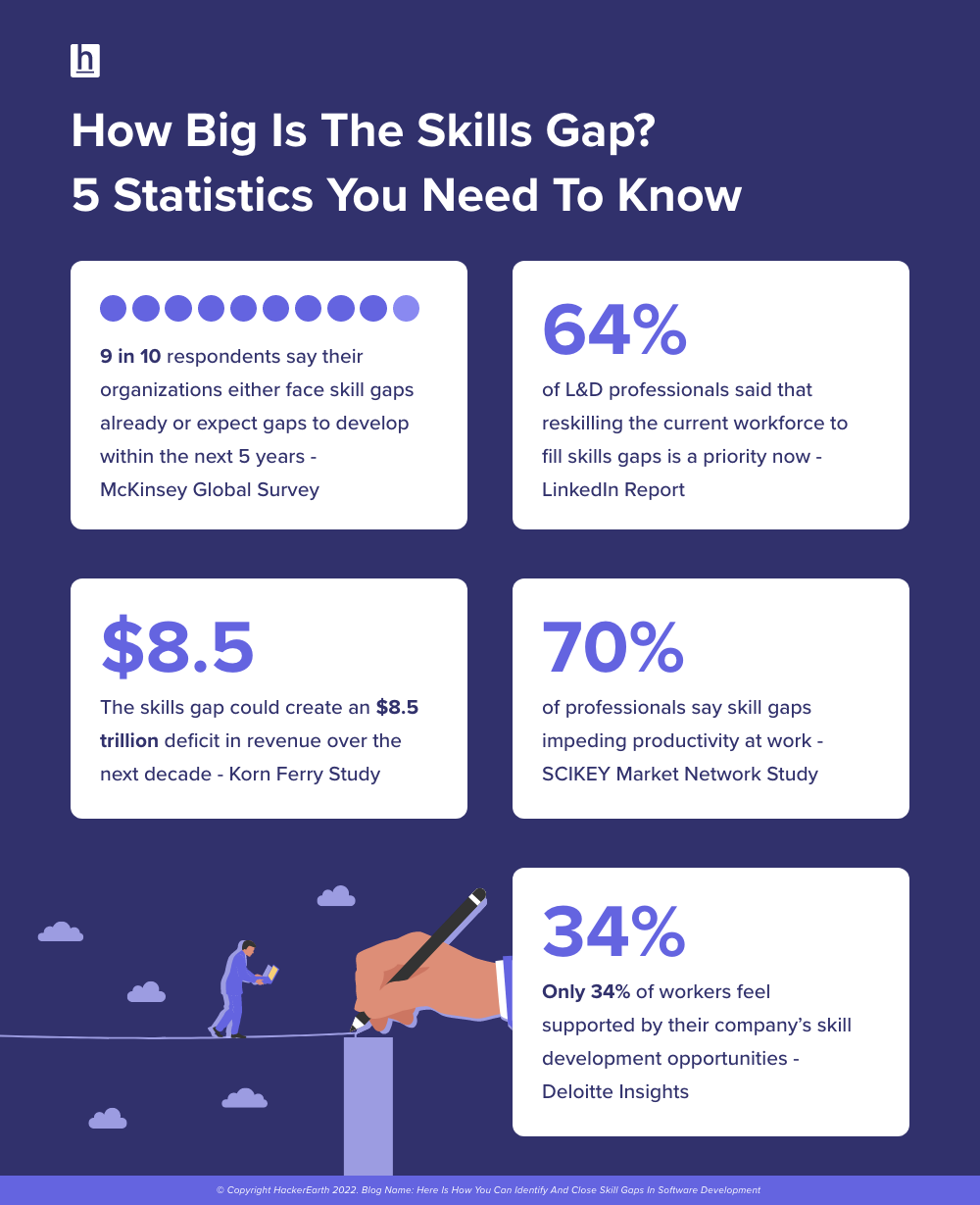
Talent gap analysis vs skills gap analysis – what’s the difference?
Talent and skills gap analysis are similar but have different scopes. While the process is the same, the main difference is that a talent analysis examines the workforce’s skills, plus their capabilities and talents.
If we look in more detail, the scope is broader when analyzing a talent gap. Along with assessing existing employees’ skills, it also considers aspects like their cultural fit, behavioral traits, innovative thinking, and leadership qualities. For example, in a tech company that’s growing really fast, leadership skills might be identified as a need for all the new team leads.
Skills gap analyses, on the other hand, examine the specific technical and skills requirements from a team and organizational perspective. The findings map out the difference between employees’ current skills versus the skills needed for the organization to reach its future goals. For example, support teams, like marketing, may have a skills gap pertaining to measuring and improving their key metrics.
Ultimately, either approach should provide organizations with a clear focus for their overall hiring and employee development needs.
Why is talent gap analysis important?
Organizations that are in tune with their talent can plan better for the future, reduce staff turnover, and improve productivity. Those that lag behind with this type of analysis could land up with a growing talent gap and ultimately feel the effect on their bottom line.
By 2030, there will be a global human talent shortage of more than 85 million people, or roughly equivalent to the population of Germany. Left unchecked, in 2030 that talent shortage could result in about $8.5 trillion in unrealized annual revenues.
Source
Luckily, those that put in the effort to conduct a skills gap analysis can reap many benefits:
- Better alignment with the company’s strategic goals: Provides organizations with a clear view of its current workforce capabilities in relation to core objectives. The results can include better performance and achievement of strategic goals.
- Strengthen workforce planning and development: Highlights areas for strategic recruitment, training, and development initiatives. This enables the company to be more agile and innovative.
- Enhance succession planning: Long-term growth plans may require new leadership or key roles. Analyzing talent gaps can help organizations upskill their internal talent in advance, safeguarding business growth and continuity.
- Increase employee retention and engagement: Addressing talent gaps can offer employees opportunities for growth and development. This can boost engagement, job satisfaction, and retention, significantly reducing high employee turnover costs.
- Adapt quickly to major industry or global business changes: By knowing the workforce’s current talent and skill sets in detail, it becomes easier to adapt to big industry or global changes in business operations, like the rapid adoption of AI software.
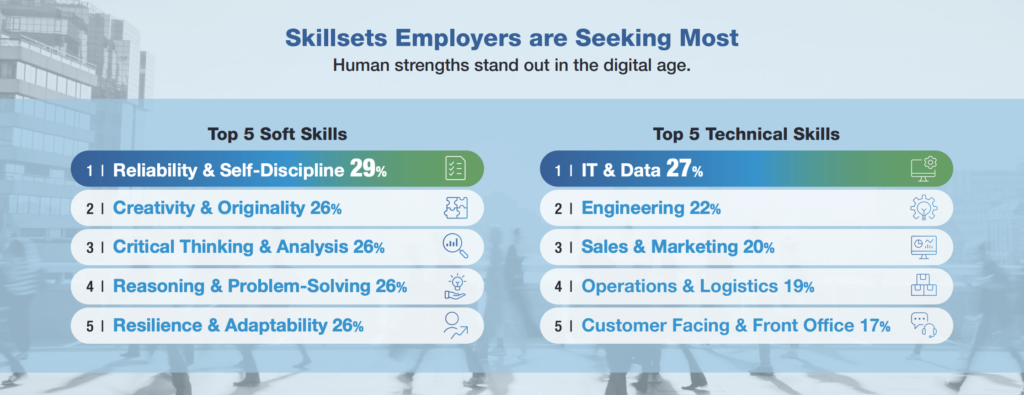
The potential challenges of conducting a talent gap analysis
Performing a talent or skills gap analysis may come with a few challenges. Here’s some insight on how you can work through them:
Narrowing down relevant skills
As technology and work trends evolve, it can be tricky to pinpoint the exact talent and skills the company will need for future projects and roles.
Think about the advancements in AI. While this technology has enabled businesses to automate many processes, saving time and costs, it has also made certain jobs obsolete, such as clerical work. On the other hand, it has also created new job roles that didn’t exist a decade ago, such as machine learning engineer, data scientist, and business intelligence developer.
Assessing current talent
When companies, especially large ones, are ready to assess their workforce’s current skill and talent levels, potential issues like bias and subjective views on assessment can skewer the results. Here’s how you can handle common issues that may crop up:
- Subjectivity — it’s possible that bias can creep in. For example, when organizations rely on self-assessments, some employees may misjudge or misrepresent their abilities. Plus, people may have different views on what proficiency in a certain skill looks like. Without a standardized framework, assessment results may be inaccurate.
- Using the right tools — if an organization chooses an assessment solution based on price alone, for instance, the assessments may not provide relevant, consistent results. Selecting the right skills management software can help achieve a more effective skills gap analysis.
- Keeping assessments up to date — as certain skills become obsolete and new skills emerge, companies need to continuously update their assessment criteria to keep up with key trends, needed skills, and the latest skill assessments to continuously narrow skill gaps.

Create the right talent mix from the get-go by easily screening and selecting quality candidates with our pre-built skills assessments. Browse the test library to find what you need!
Reluctance to participate
It’s possible that some employees will not be eager about these assessments. And this is understandable since clinical research suggests that more than 50% of people experience test anxiety. Their fears about how they’ll perform and the possible implications are very real to them.
Since talent or skills gap analysis applies to the entire workforce, it’s important to keep them informed about the process before conducting a skills gap. Reassure them by providing clear info about how the assessment will be conducted, the overall goal of skill gap analysis, what the next steps will be, like additional training and development, and the benefits for their career path.
Shifting organizational goals
When an organization’s goals or strategy change frequently, conducting a successful skills gap analysis can become more challenging as the target keeps shifting. In this case, work closely with the C-suite to manage the whole process in a way that benefits the organization.
Now that you understand the challenges, let’s go through the analysis process step-by-step.
How to conduct a skills gap analysis in 6 steps
According to the latest Future of Jobs report by the World Economic Forum, six out 10 workers will require training by 2027. That means organizations will have to address the talent gap (and skills shortage) and realize that this type of analysis is not a one-off task.
Managing talent or skill gaps requires continual efforts. But the team can simplify the process by following these six steps.
1. Identify the organization’s long-term goals
Begin the process of closing any talent or skill gaps by first establishing your long-term business goals. For example, automating an additional 10% of repetitive business processes. With this in mind, the team can determine the talent needs or desired skills to achieve that goal.
Aligning your internal talent development with these future goals is essential for driving business growth and avoiding wasting budget on programs or tools that won’t achieve the right purpose.
2. Determine critical skills
Once you’ve determined what your future needs are for the business and the broader talent that will make it possible, the next step is creating a detailed profile for each role. This will include all the necessary knowledge, skills, capabilities, and competencies. Make sure you include hard skills (like programming) and soft skills (like communication).
If we take the example of automating an additional 10% of the business’ repetitive processes and a role that would be involved with this goal — a business intelligence developer — the critical skills they would need could include data analysis, problem-solving, and statistical analysis.
3. Define your talent assessment strategy and assess employees
Next, organizations will need to decide how they’re going to assess that talent, and implement those assessments in their workforce. That should create a detailed picture of each individual employee’s talents, skill levels, and capabilities.
Let’s explore a few common skills assessment tools.
- Self-assessments: Employees assessing their own existing skills helps them feel in charge of the process and provides valuable insight into what areas they feel they’re doing well and which different skills may need improvement.
- 360-degree feedback: A method of collecting feedback about an individual’s performance from various sources, including peers, managers, direct reports, and possibly even customers. This can provide helpful feedback that shapes a holistic view of the employee’s talent.
- Performance reviews: Managers review employee performance based on their KPIs. Performance appraisals reflect how an employee is performing and improving throughout the year and are used to highlight development opportunities for the year.
- Skills testing: Skills assessments provide a detailed look into an employee’s specific capabilities and skills level. These tests can measure hard and soft skills, such as data analysis or active listening.
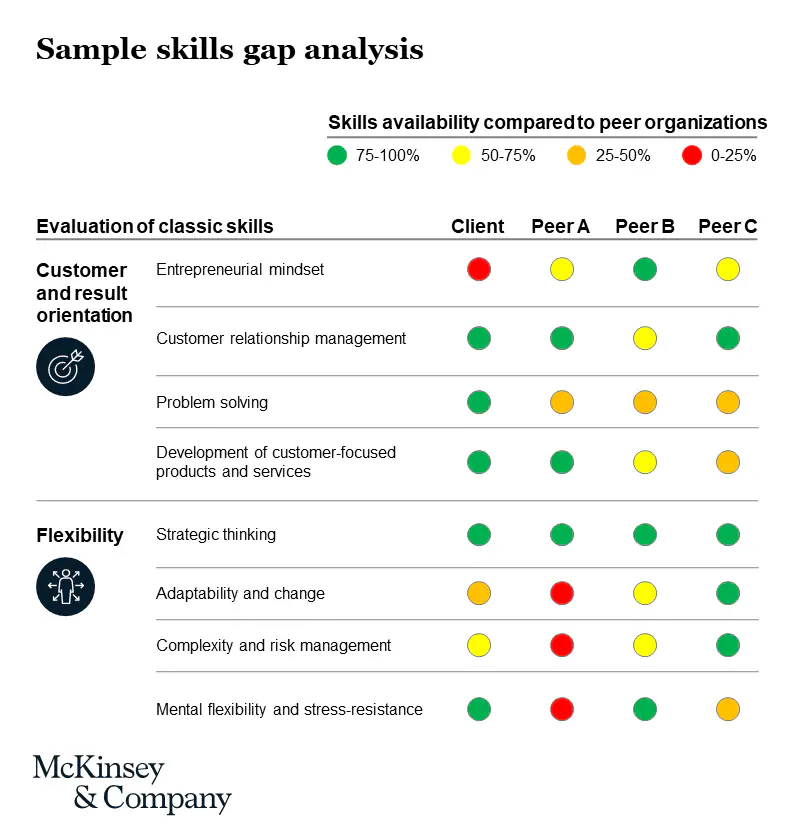
- Psychometric testing: Psychometric tests assess an employee’s personality traits and cognitive abilities. They typically help measure an individual’s behavior, cognition, skills, and motivations.
- Job simulations: Job simulation tests usually assess how well a candidate will perform in a role but can also provide insight into the level of suitability of current employees and the particular skills that may need improvement.
- Competency models: This is the framework that defines the key talents and skills for a particular role. By evaluating an employee’s performance against the model, organizations can identify strengths and areas that need improvement.
Your organization should choose the most relevant tests for a particular role that match the overall business goals.
Researching what tests to use in pre-employment screening? Here’s a detailed guide exploring the top 30 pre-employment testing tools and their capabilities.
4. Analyze data to identify skills gaps
At this point in the process, the organization should have a lot of data about employees’ talent and skills. Now, you need to analyze the data and identify skills gaps on an individual and organizational level. Compare the current skills with skills required to achieve your business objectives or future goals.
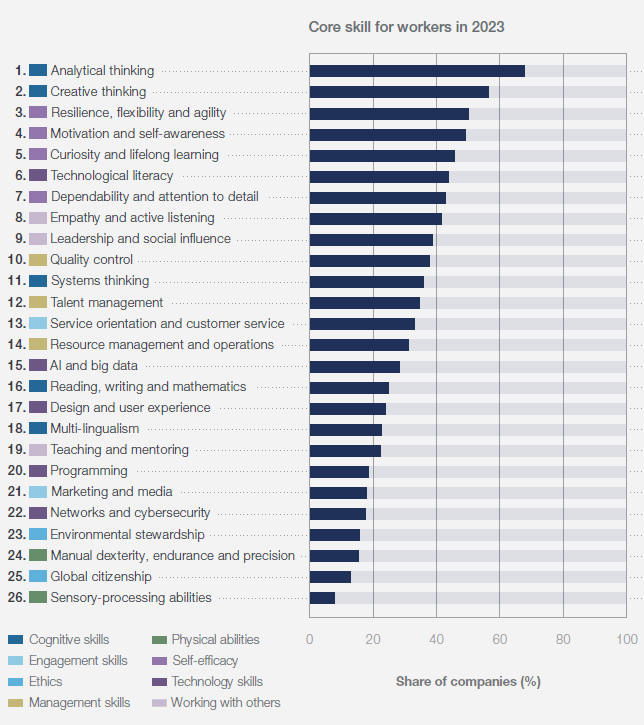
5. Develop an action plan
Once you’ve identified the talent gaps, you’ll create strategies that address these gaps. This could include:
- Employee development and training programs
- Internal promotions
- Employee mentorship programs
- Hiring new employees
- Outsourcing certain tasks or roles
Once you’ve got your strategies drawn up, it’s time to put ’em into action. Remember to communicate clearly to the workforce about these plans and keep communicating throughout the process. The more they understand the Why behind it, the more they’ll be onboard!
You could try getting started by having a company-wide info session, introducing new systems or procedures, upcoming training sessions, upcoming projects, or kicking off your long-term recruitment strategy.
6. Review and refine
Like any aspect of strategic workforce planning, conducting a talent gap analysis is something that must be regularly revisited and updated. That way it’ll stay relevant and support your business’ sustainability and growth goals.
Make sure that you loop in all stakeholders when you review it. It shouldn’t be left to a single individual to update, as the future of the business is at stake!
Tip: If you’re worried that successful talent or skills gap analysis might be a slow and frustrating process — start small. Run a pilot training program with one team or department to test the waters, build up internal know-how, develop best practices, and prove success to the rest of the business.
How to bridge the talent and skills gap with Toggl Hire
The talent gap is a real problem for businesses across the globe. Many may not even realize that they’re underperforming because they don’t have the right people with the right skills onboard.
When you conduct a talent or skills gap analysis, you can systematically identify, assess and fill skills gaps in your team’s talent, skills, and capabilities to ensure everyone supports your bigger business goals and reaches their maximum potential.
At Toggl Hire, we can help you narrow the skills gap by evaluating candidates for the skills your business needs the most. Your free account awaits!
Juste loves investigating through writing. A copywriter by trade, she spent the last ten years in startups, telling stories and building marketing teams. She works at Toggl Hire and writes about how businesses can recruit really great people.

